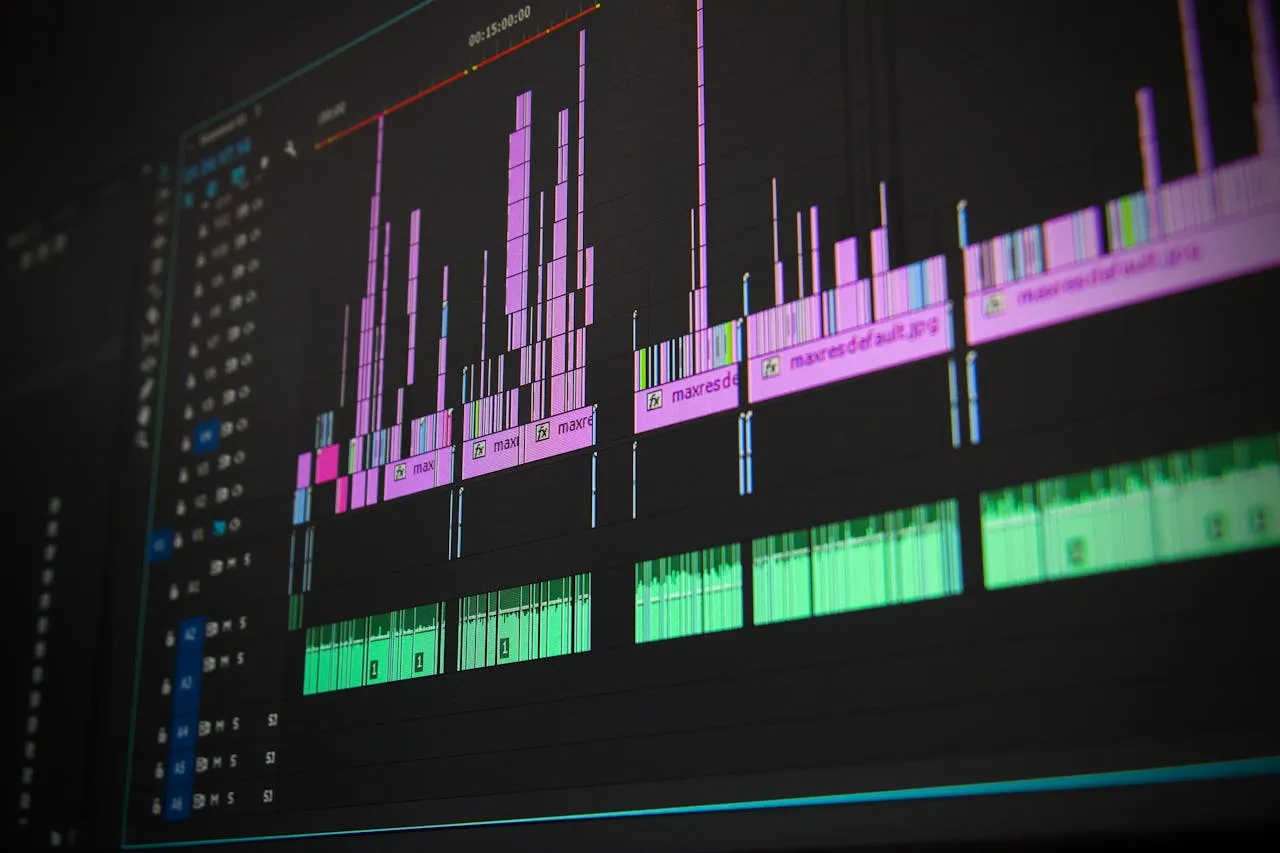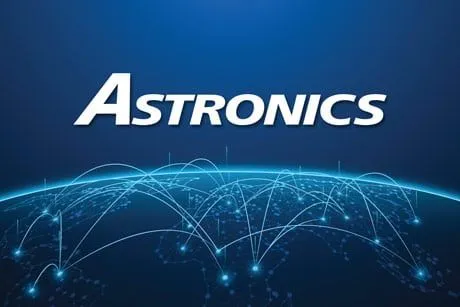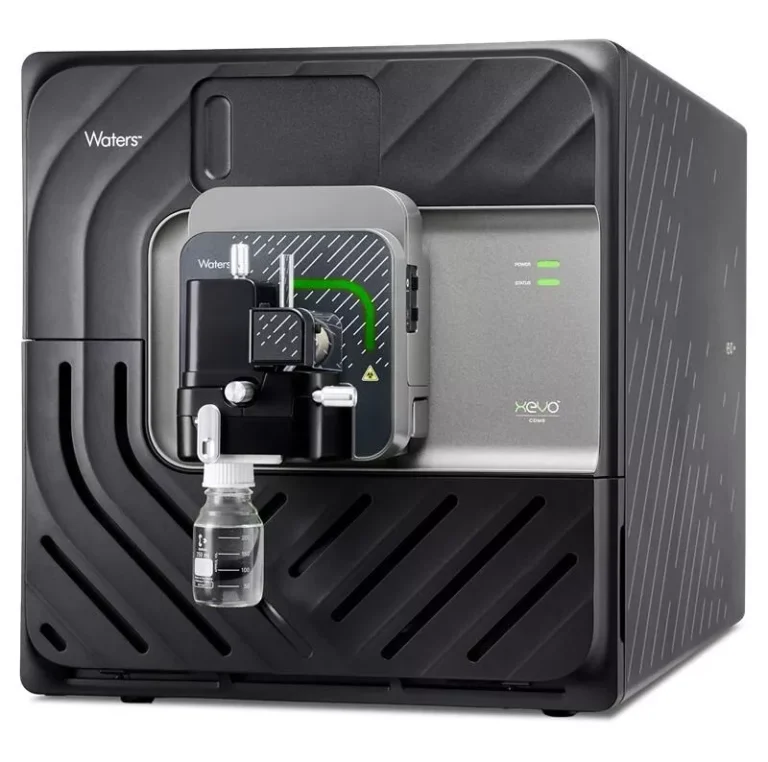
Astronics to Supply Advanced Frequency Converter for NASA-Boeing X-66 Demonstrator Aircraft
Astronics Corporation, a leading provider of advanced technologies and solutions for aerospace, defense, and mission-critical industries, announced its selection to provide a critical component—the Frequency Converter Unit (FCU)—for the pioneering NASA-Boeing X-66 aircraft demonstrator. This demonstrator is part of the Transonic Truss-Braced Wing (TTBW) project, a significant initiative aimed at shaping the future of sustainable commercial aviation.
The X-66 is a highly anticipated experimental aircraft under the Sustainable Flight Demonstrator program led by NASA in partnership with Boeing. The project seeks to revolutionize air travel with radically new aircraft configurations that reduce fuel burn and emissions while maintaining or improving performance, safety, and operational efficiency. At the heart of this innovation is the truss-braced wing design, a high-aspect-ratio wing supported by diagonal struts that allows for more aerodynamically efficient flight.
As part of this ambitious initiative, Astronics has been selected to design and supply the Frequency Converter Unit. The FCU is an essential system that converts variable frequency electrical power—generated by the aircraft’s new propulsion system—to a constant 400 Hz frequency. This enables the continued use of existing aircraft systems and loads that require stable, legacy-style power input.
The Technology Behind the X-66’s Electrical Power Architecture
In most conventional aircraft, the electrical system uses a standard 115 VAC, 3-phase, 400 Hz constant frequency power supply to drive various subsystems. However, many of today’s modern generators output variable frequency power, especially in architectures that aim to improve efficiency or integrate more electric propulsion technologies.
The challenge then becomes compatibility: how to enable the use of time-tested aircraft systems and subsystems that were built to run only on constant-frequency power. That’s where Astronics’ Frequency Converter Unit comes in. The FCU seamlessly converts the variable frequency output of the X-66’s new generators back to the standard 400 Hz constant frequency, enabling legacy systems to operate normally in this next-generation aircraft.
According to Jon Neal, President of Astronics Advanced Electronic Systems (AES), the technology underpinning the FCU is built on the company’s well-established platform and has been refined for the unique demands of this landmark aviation project.

Built on Astronics’ proven technology platform, the Frequency Converter Unit offers unparalleled efficiency and reliability, tailored to meet the unique demands of this groundbreaking aviation project. Being part of this collaboration with Boeing and NASA is an honor. We believe our advanced frequency conversion technology will play a critical role in the successful testing and operation of the X-66 demonstrator, helping to advance the goal of more sustainable aviation,” Neal said.
Collaboration and Milestones
Astronics’ role in the TTBW project will extend beyond just product delivery. The company will work closely with NASA, Boeing, and other project stakeholders during the development, testing, and integration phases. This includes extensive collaboration throughout the aircraft’s ground and flight testing phases, which are expected to begin in 2028.
By being involved from early design through flight testing, Astronics will ensure the FCU is rigorously validated to meet the high reliability and performance demands of a demonstrator aircraft that will undergo a variety of complex test scenarios.
This project also strengthens Astronics’ long-standing relationship with Boeing. The two companies have collaborated for decades on commercial and defense aerospace programs. Astronics supplies numerous products and technologies used across Boeing platforms, and this project adds to that legacy by advancing their partnership into the future of green aviation.
The Bigger Picture: A Path Toward Net-Zero Aviation
The TTBW program is not merely an engineering experiment; it’s part of a broader strategy by NASA and the U.S. government to help aviation meet ambitious climate goals. Commercial aviation accounts for a significant share of global greenhouse gas emissions. With global air traffic expected to grow in the coming decades, sustainable aviation technologies are critical to keeping emissions in check.
The X-66 is NASA’s first experimental aircraft focused explicitly on helping the U.S. achieve net-zero carbon emissions in aviation by 2050. It serves as a full-scale demonstrator designed to validate key technologies in flight, including:
- The transonic truss-braced wing configuration, which could reduce fuel consumption by up to 10%.
- Advanced propulsion integration to accommodate hybrid-electric systems in future models.
- Electrical power architectures that incorporate both variable frequency and legacy-compatible subsystems—like the Astronics FCU.
Boeing has projected that when applied to a single-aisle aircraft similar to today’s 737 or Airbus A320, these technologies could significantly reduce fuel burn and emissions without compromising range, speed, or safety. This aligns with industry-wide efforts, including the FAA’s and ICAO’s goals, to dramatically reduce the environmental impact of flight over the next several decades.
About Astronics Corporation
Founded over 50 years ago, Astronics Corporation has built a reputation as one of the most innovative and responsive suppliers in the aerospace and defense technology market. The company specializes in developing and delivering cutting-edge power, lighting, connectivity, and test systems for commercial and military aircraft, space missions, and other high-reliability environments.
Today, Astronics’ customers include major airframe manufacturers, airlines, satellite and space companies, defense contractors, and Fortune 500 organizations. The company’s strategy revolves around developing advanced technologies that solve complex challenges in the most demanding sectors.
Astronics AES, the division responsible for the FCU, is a global leader in aircraft power conversion and distribution systems. Its product portfolio includes in-seat power systems, power generation systems, electrical distribution units, and more.
This press release contains forward-looking statements within the meaning of the Securities Exchange Act of 1934. These statements are based on the current expectations, assumptions, and beliefs of Astronics management. Forward-looking statements include terms such as “expects,” “anticipates,” “plans,” “believes,” “may,” “will,” and similar expressions.
These statements relate to expected performance, market conditions, product adoption, timing of programs like the X-66 flight test campaign, and technological contributions to sustainability goals. However, these forward-looking statements are inherently uncertain and subject to risks that could cause actual results to differ materially.
Such risks include the pace of innovation in the aerospace industry, supply chain stability, customer adoption rates, regulatory developments, and changes in the global economic or geopolitical landscape. Further detail on risk factors can be found in Astronics’ filings with the U.S. Securities and Exchange Commission. The company undertakes no obligation to update forward-looking statements unless required by law.




